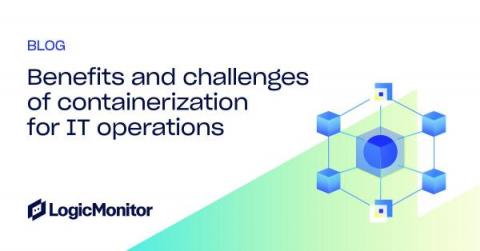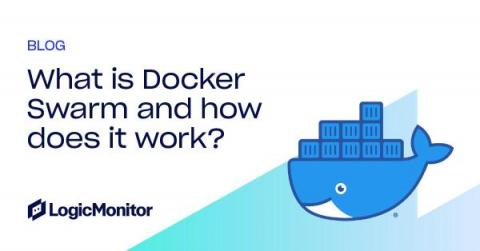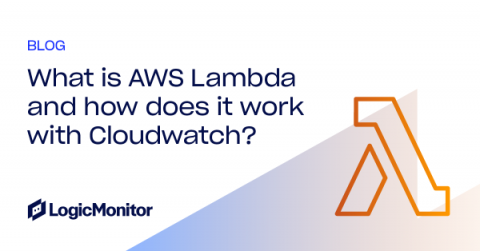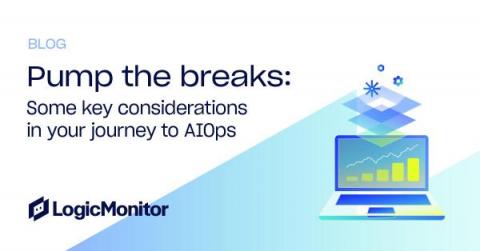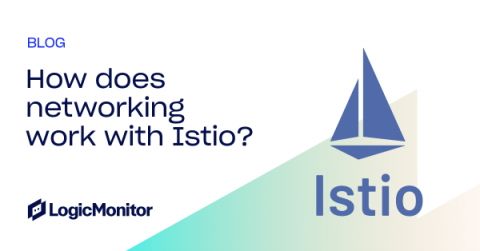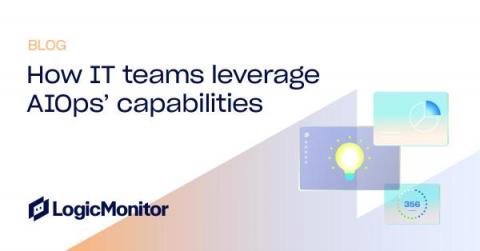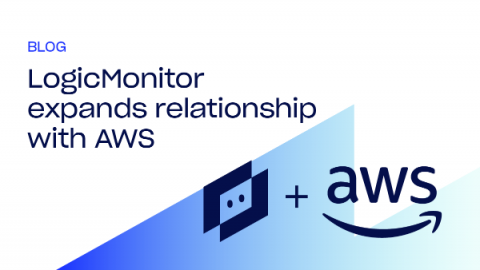The Road Ahead: 4 Ways AIOps Will Build More Resilient IT Operations
This article is the final installment in a 4-part series on leveraging artificial intelligence and machine learning (ML) for IT operations (AIOps) to provide a more efficient, reliable, agile, cost-effective, and optimized IT infrastructure. Just as our roads and highways evolve overtime to meet the demands of the travelers who use them, AIOps will continue to transform how organizations build, use, and manage their infrastructures.



